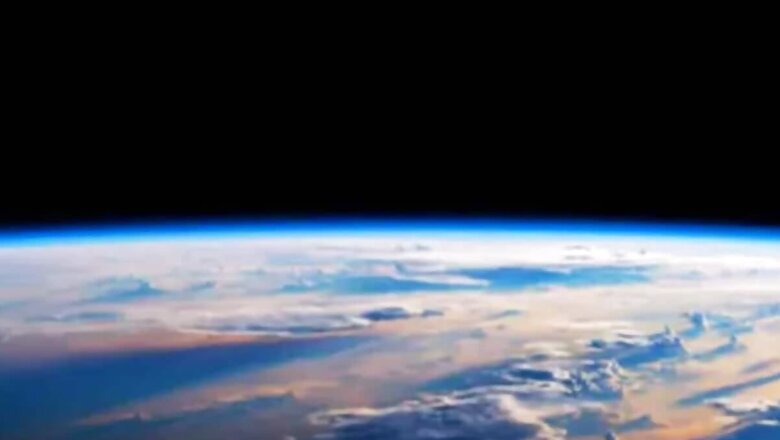
views
Gravity, starring Sandra Bullock and George Clooney, is a thrilling story of two astronauts who are stranded in space after their shuttle collides with debris. While this story is fictional, now, scientists and astronomers are concerned about the dangers of increasing space missions. This dangerous situation was first imagined in 1978 by US astrophysicist Donald Kessler, which later became known as Kessler Syndrome. Experts warn that the scenario shown in Gravity could soon become a reality, due to which, the internet, phones, GPS and television will become inaccessible for several years. If satellites get destroyed, they’ll create more debris.
In his research paper, Collision Frequency of Artificial Satellites: The Creation of a Debris Belt, Donald mentioned, “As the number of artificial satellites in earth orbit increases, the probability of collisions between satellites also increases. Satellite collisions would produce orbiting fragments, each of which would increase the probability of further collisions, leading to the growth of a belt of debris around the Earth. This process parallels certain theories concerning the growth of the asteroid belt. The debris flux in such an earth-orbiting belt could exceed the natural meteoroid flux, affecting future spacecraft designs.”
According to NASA, the issue was first noticed in the 1970s when old Delta rockets left in orbit started to explode, spreading parts of metal and other materials around. Donald Kessler showed that when the level of debris is too high in a certain area of space, it can trigger a series of collisions. Once this process starts, the orbit will become unsafe for use. Donald also predicted that it would take around 30 to 40 years for this critical point to be reached and now some experts believe we may have already reached that point.
Meanwhile, referring to Donald Kessler’s study, John L Crassidis, a professor of innovation and space debris expert at the University of Buffalo, told The National News, “The Kessler Syndrome is going to come true. If the probability of a collision is so great that we can’t put a satellite in space, then we are in trouble.”
Reportedly, until 2023, there were around 10,000 satellites in space, along with more than 100 trillion pieces of old satellites that are not tracked. Crassidis added that in 2009, an outdated Russian satellite named Kosmos 2251 crashed into a US commercial satellite called Iridium. The collision created a huge field of debris. The pieces from this incident could easily collide with other objects in space and some are so dangerous that they could even kill astronauts on a mission.
To protect both humanity and space, John L Crassidis and Amrith Mariappan in their research paper suggested that recycling space debris is the only solution. They believe that instead of wasting old satellites and debris, we can transform them into useful materials for future space missions. By repurposing the space junk, we can reduce waste and create a more sustainable future in outer space.

















Comments
0 comment